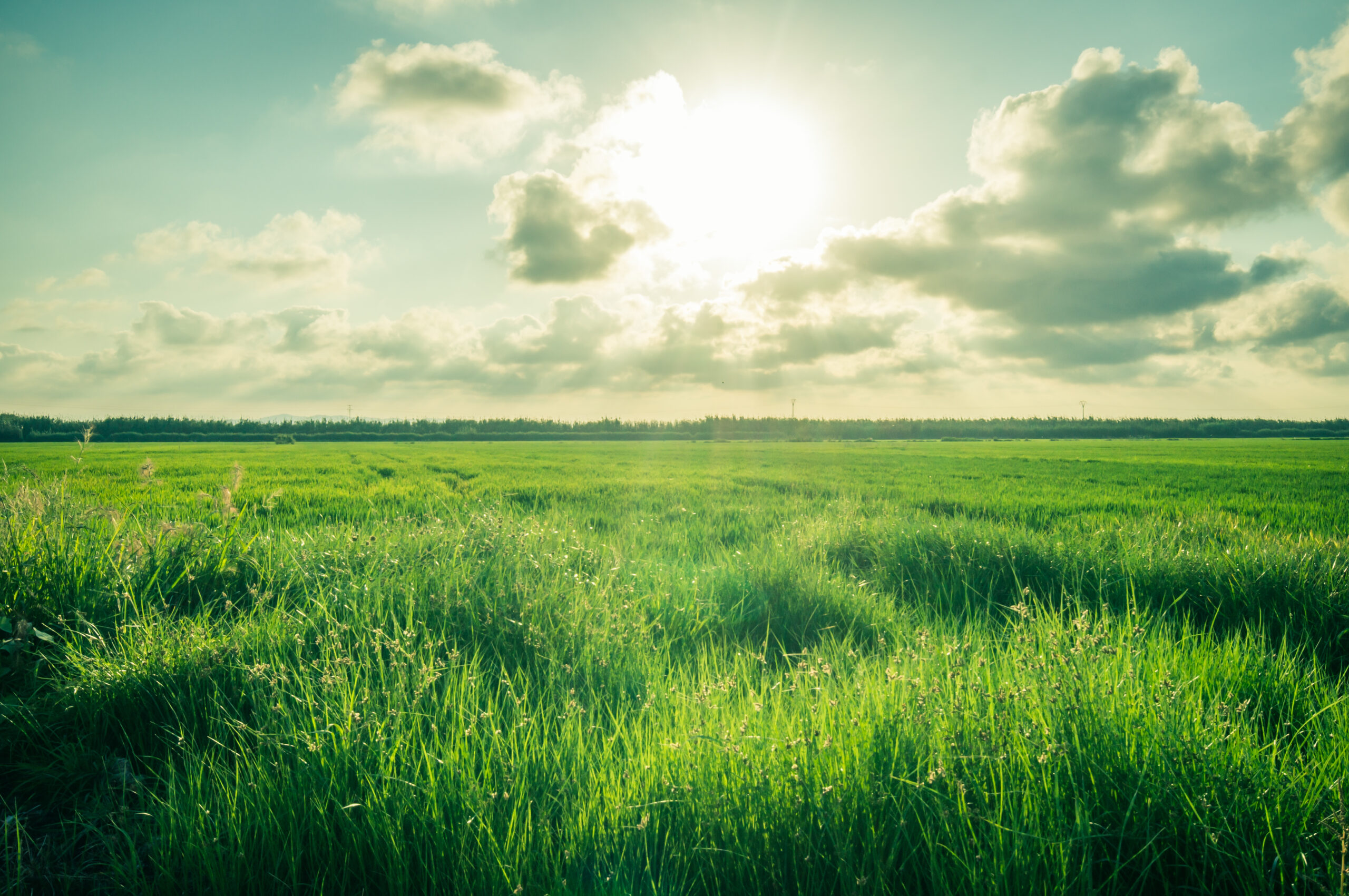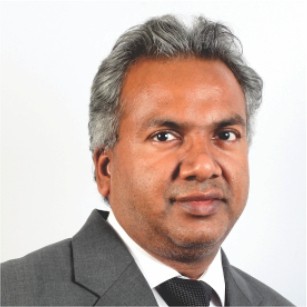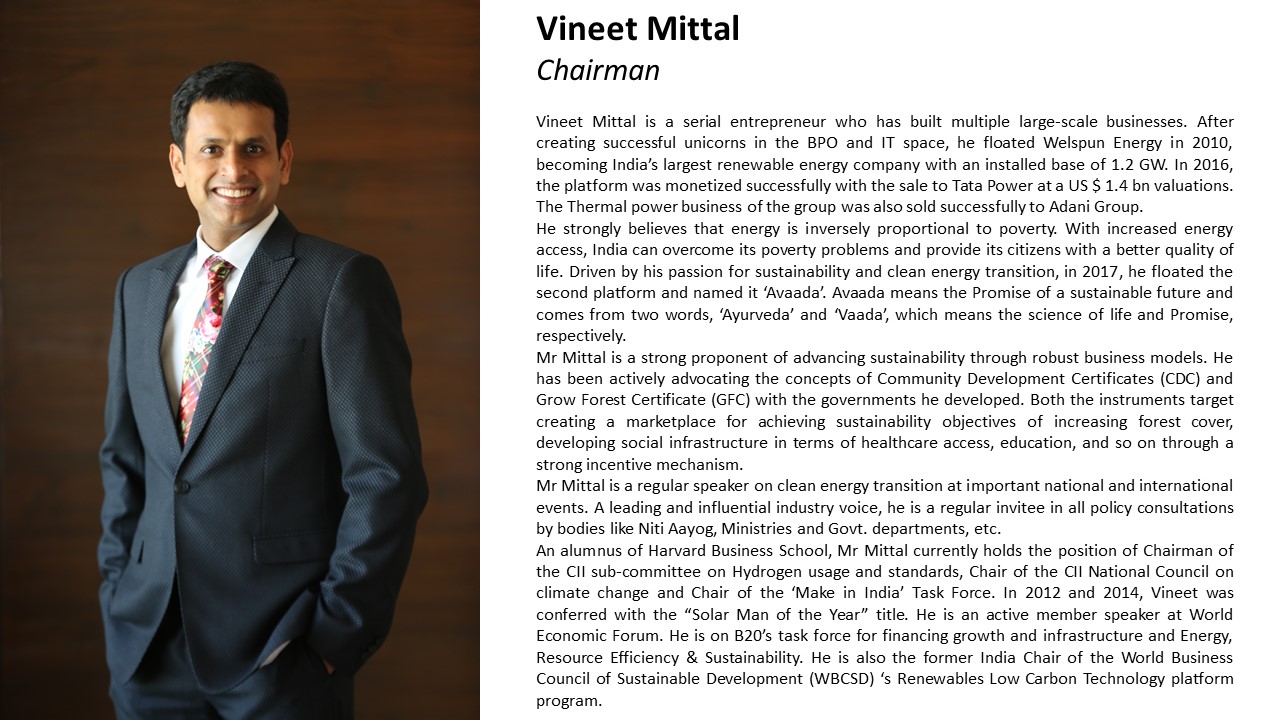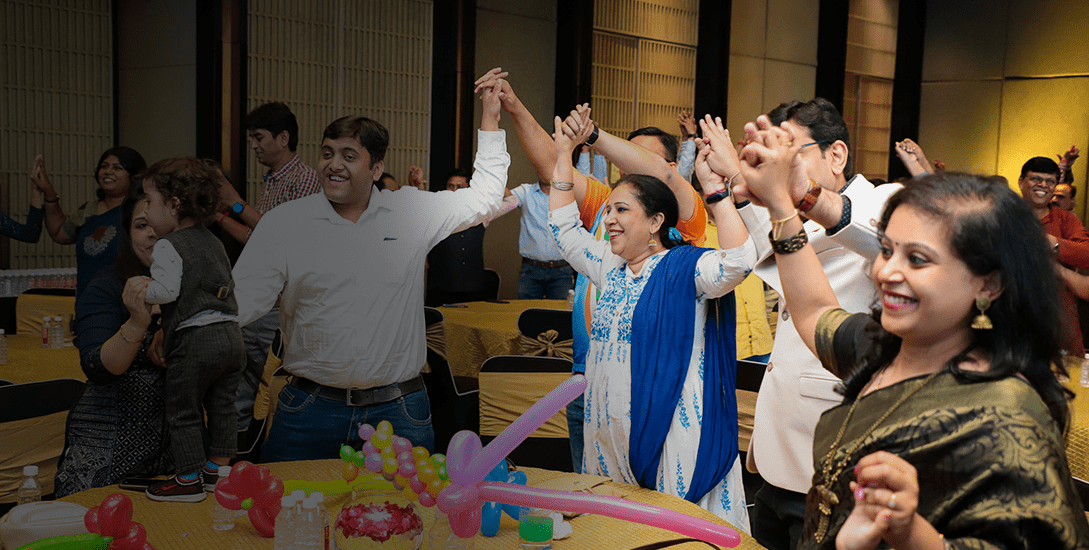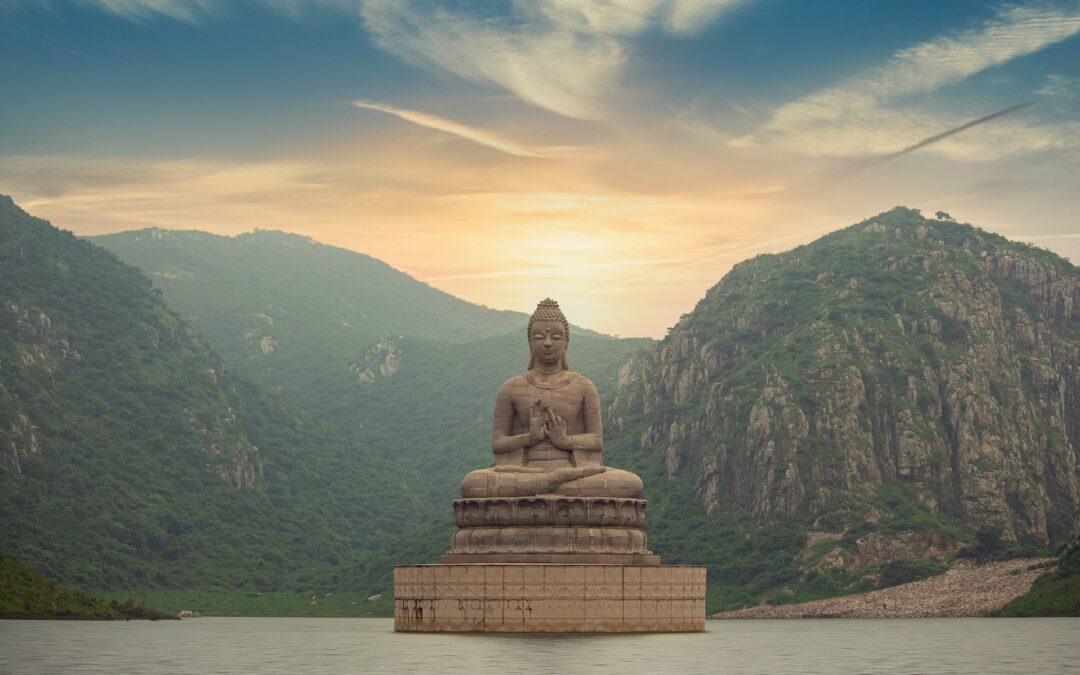
by Vineet Mittal | 7 May, 2020
“It is better to conquer yourself than to win a thousand battles. Then the victory is yours. It cannot be taken from you.” – Lord Buddha
Lord Buddha is said to have found the answers to the most daunting questions pertaining to human existence. His quest started at the age of 29 and ended at 35 with enlightenment.
Post his enlightenment, Buddha spread his wisdom to his disciples & followers on many subjects related to misery, suffering, restlessness & eluding peace in human life. And, these pestilent problems still plague the modern society, and man does not know an escape from them. This includes not just the personal well-being, but also the preservation of the environment that interacts in complex ways with us. This is explained in Paticca Samuppada or ‘Dependent Origination.’
For Lord Buddha, purity of the mind & purity of the environment one lives in, were crucial to attain enlightenment.
Lord Buddha, if he lived today, would have followed the same principled path to help all of us.
His enlightened aura, the grace of his words, the shower of his knowledge and his pious preaching would have had a far grandeur effect on our society. He would have been the supreme sermon on earth, guiding us in the right direction through his halo.
He would have worked for the exaltation of both, the man & the nature he dwells in.
The wisdom discovered by Lord Buddha after enlightenment
Buddha gave the foundation of peace for all of us. He compelled us to comprehend the reality as it comes. His wisdom begins with;
The Four Noble Truths
- Dukkha: Suffering exists: Life is suffering. Suffering is real and almost universal. Suffering has many causes: loss, sickness, pain, failure, and the impermanence of pleasure.
- Samudaya: There is a cause of suffering. Suffering is due to attachment. It is the desire to have and control things. It can take many forms: craving of sensual pleasures; the desire for fame; the desire to avoid unpleasant sensations, like fear, anger or jealousy.
- Nirodha: There is an end to suffering. Attachment can be overcome. Suffering ceases with the final liberation of Nirvana. The mind experiences complete freedom, liberation and non-attachment. It lets go of any desire or craving.
- Magga: In order to end suffering, you must follow the Eightfold Path. There is a path for accomplishing this.
Lord Buddha also gave the Three Universal Truths;
- Nothing is lost in the Universe: Everything that exists is a part of an endless cosmic cycle. Everything flows through time and seems to change. Life & death, are thus, just repetitive cycles.
- Everything Changes: Change is the only constant in the Universe.
- The Law of Cause and Effect: the law of karma says -for every event that occurs, there will follow another event whose existence was caused by the first, and this second event will be pleasant or unpleasant according as its cause was skillful or unskillful.
His wisdom gave his followers a new way to see the life & reality around them. “You are what you are becoming,” Buddha preached.
What would he say to us today?
Seeing the fast pace of life, restlessness, anxiety, pain & suffering that humans experience today, Buddha would recite his noble practices as a remedy to our toxic lifestyle- Sila (Virtue, Good Conduct & Morality), Samadhi (Self-development & meditation lead to wisdom) & Prajna (That wisdom will emerge for a calm & pure mind).
He would also recite to us the teachings of Adhammika Sutta that says- ‘Being a member of the environment the actions of man’s imprudent behavior damages the environment.’ Man is subject to his Karma, good and bad. Thus, his misdeeds can be punished via nature. Living a righteous life and maintaining a pristine environment would have been his lessons for us.
“In the end, only three things matter: How much you loved, how gently you lived, and how gracefully you let go of things not meant for you.” The essence of all his teachings rests in those words.
After all, Lord Buddha’s eternal presence remains with us in the form of his legend & words. Maybe he is all around us, waiting for us to wake up…

by Vineet Mittal | 17 April, 2020
“Chairman’s Message to the World!”
माता भूमि: पुत्रोहं पृथिव्या
“Earth is my mother and I am her son.”
“The earth is to be protected & nurtured like a mother. We are all her children, and she is the mother of all of us.” Such notions existed long before today’s research & technology-driven world. Finding their roots in ancient Indian Vedas, legendary scriptures like Shrimad Bhagwadgita, and age-old practices by the elderly of the Indian households, ideas of sustainability did not just exist back then. They were practiced as a way of life! However, as the world evolved er & technology became an integral part of our lives, these values were somehow lost in practice. This is where Mr. Vineet Mittal found a burning inspiration to turn the tables for the greater good. His vision of an organization that protects our planet from its degrading state gave birth to Avaada – one of Asia’s most recognized Solar Energy giants. Avaada is not just a corporation engaged in powering the future of people, it aspires for a sustainable future and promote harmonious existence with nature. l It.
Declining Health of Our Planet
Our beautiful planet, which we share with other flora & fauna, is struggling to cope with the climate change & environmental degradation problems. Life, especially in cities, has become arduous. The air, water, even the land is no longer pristine – something which were given to us in abundance by Mother Earth. Post industrialization, environment started degrading dramatically. In fact, Suspended Particulate Matter (SPM) levels in London during the 1950s peaked and were responsible for cardiovascular diseases & decreased life expectancy. This has only worsened over the years. While the life expectancy has been boosted due to medical advancements, threats to the environment still prevail. And, negative results are already manifesting. So, what exactly went wrong? Is there a clue mankind has been missing all this while? Let us find out.
Man & Environment: A Causal Nexus “World has enough for everybody’s need but not enough for everyone’s greed”
Man & the environment are inseparable entities of nature. They are bound to interact. However, we are yet to ‘re-learn’ how to interact with our environment. The furniture at your home comes from a cut-down tree, the plastic water bottle floats in the river, and emission from your car pollutes the air. ‘These are modern needs’ one might argue. Yes, they are. But, did we ever balance our karma? Did we give back to the environment more than we took from it? Answer such questions and you will get a hang of the concept of Sustainability.
Ancient Indian society was aware of the complex interactions between humans and the environment. They even knew about the outcome depending on our actions. This was the reason they talked about living in harmony & peace with nature. For instance;
ॐ द्यौः शान्तिरन्तरिक्षं शान्तिः
पृथिवी शान्तिरापः शान्तिरोषधयः शान्तिः ।
वनस्पतयः शान्तिर्विश्वेदेवाः शान्तिर्ब्रह्म शान्तिः
सर्वं शान्तिः शान्तिरेव शान्तिः सा मा शान्तिरेधि ॥
ॐ शान्तिः शान्तिः शान्तिः ॥
“Let there be balance in the space !
Let there be balance in the sky !
Let there be peace on the earth !
Let there be calmness Let there be !
Let there be growth in the plants !
Let there be growth in the tree !
Let there be grace in the Gods !
Let there be bliss in the Brahman !
Let there be balance in everything !
Let there be peace and peace !
Let such peace be with everyone of us !”
Though, we missed the point when we discarded such crucial universal values, and began existing for our comfort. This is what Avaada is changing.
Avaada: Bringing in New Perspective on Sustainability
Avaada’s business philosophy is based on a higher purpose- to ensure actions and spreading of the wisdom of sustainability for the well-being of nations, communities, & households as a collective. The founding team & employees at Avaada believe that sustainability should not just be another CSR fad. Rather, it should be a common Global value that nudges people to make this world a better place.
Building on this core philosophy, Avaada Energy has scaled its operations to 1 GW as of 2019-20. The company has already mitigated millions of tons of annual Carbon emission into the atmosphere via its innovative Solar Power projects. People at Avaada believe that every positive change begins at grass-root level.
To make this world a cleaner & greener place, all we need to do is practice a lifestyle where we are not straining our environment. “Solar Power is one way to do it,” states Mr. Mittal. “The other ways might include, say, using earthen or copper pots for potable water, using public transport or e-vehicles. Even cultivating a sense of oneness & belonging with nature wherein we respect it with all our hearts can work wonders,” he continues. He borrows his wisdom from ancient Indian texts. “We don’t need to learn anything new. All we need is to re-learn. The wisdom of sustainability was well known to our ancestors,” he remarks with a smile.
India & Its Sustainability Efforts
Achieving sustainability remains a challenge for our nation. Air pollution, water pollution, energy needs, deforestation & transportation pose biggest challenges to this goal. For instance, India is highly dependent on coal and thus having higher emissions. With a rapidly growing population of approximately 1.3 billion people, it will be difficult to contain carbon footprints. Hence, India needs to become energy efficient and shift to more renewable sources of energy. Solar Energy s is a promising solution with mammoth 750 GW Potential which can be harnessed. “If we can harness it to the maximum, India will be a Leading Solar Energy Giant in the world,” states Mr. Vineet Mittal.
Making Our Sustainability Efforts a Success
Let us take time to stop, ponder & reflect. If we become conscious of every action we take, we will be able to take corrective measures collectively. And, this must prevail at individual as well as business level. Mr. Mittal advocates the idea that businesses must be driven by a higher-purpose, something that he has practiced at Avaada himself. That would be the key to the most tedious global challenges.
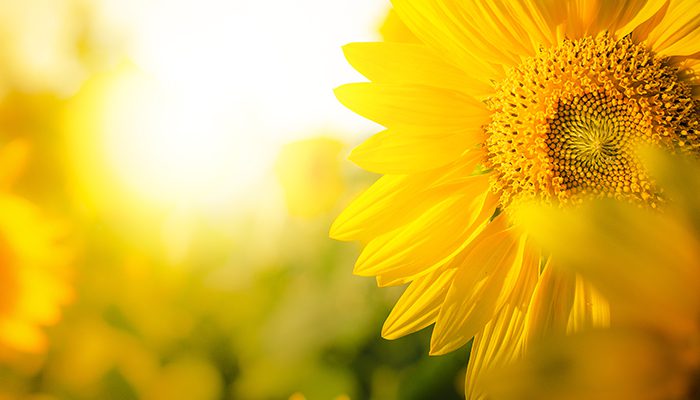
by Vineet Mittal | 13 April, 2020
The society, built around our understanding of the world, was designed to provide us with food, shelter, security & well-being for a peaceful life. Our souls were manifested for compassion, love, spiritual awakening & liberation. However, we strayed away from the path of exaltation by the way of leading a harmonious life. Man became an instrument of selfishness, lust & greed. Now, it yearns to find its way back home.
Our society, which was meant to be a blessing for our future generations, has now come to detest us. Man is restless, anxious, and unhappy- and it is our own servile attitude towards the ‘wants’ & ‘desires’ of life. We forget that life is a balancing act, and on this tight rope we must strike a balance between our desires and virtues.
But, our consciousness has the power to manifest the truth at its will- The answers we seek lie in our roots, in the golden wisdom of our ancestors, which can guide us back to home.
Concept of Purushartha: Centuries old wisdom
According to the ancient Indian texts, a human born on earth must pursue ‘Purushartha’, (पुरुषार्थ), the only way to seek truth and attain salvation.
Puruṣārtha literally means an “object of human pursuit”. It is a key concept in Hinduism and refers to the four end goals of a human life. The four puruṣārthas are Dharma (righteousness, moral values); Artha (prosperity, economic values); Kama (pleasure, love, psychological values); and Moksha (liberation, spiritual values).
- Dharma: It signifies behaviours that are in accord with the order that makes life and universe possible. Dharma includes duties, rights, laws, conduct, virtues and the right way of living. It enlists behaviours that enable social order and virtuous conduct. Dharma is that which humans must accept and respect to sustain harmony in order to create a world worth dwelling in.
- Artha: signifies “means of life”, activities and resources that enables one to be in a state one urges to be in. Artha incorporates wealth, career, and activities to make a living with financial and economic prosperity. The pursuit of Artha is an important aim of human life in Hinduism.
- Kama: It encompasses desires, wishes, passions, emotions, and pleasure of the senses. In other words, the aesthetic enjoyment of life, affection, and love- with or without sexual connotations comprise of Karma. Kāma is “love” without violating dharma (moral responsibility), Artha (material prosperity) and one’s journey towards Moksha (spiritual liberation).
- Moksha: Emancipation & liberation from the cycle of mortality by cultivating virtuous values through meditation forms the basis of Moksha. In some schools of Hinduism, Moksha connotes freedom from saṃsāra, the cycle of death and rebirth. In other schools, Moksha connotes freedom, self-knowledge, self-realization and liberation in this life.
Relative Importance of Goals:
According to Kautiliya’s Arthashastra, artha is the foundation for two goals: Dharma and Kama. Without prosperity and security in the society or at individual level, both moral life and sensuality becomes difficult. Poverty breeds vice and hatred, while prosperity breeds virtues and love.
Kautilya also adds that all three are mutually connected, and one should not cease enjoying life, nor virtuous behaviour, nor the pursuit of wealth creation. However, Excessive pursuit of any one aspect of life with complete rejection of the other two harms all three- including the one that is excessively pursued.
Moksha: the ultimate end or the ultimate beginning?
In Hinduism, Moksha is considered as the ‘parama-puruṣārtha’ or the ultimate goal of human life. Indian scholars recognized and debated, on one hand, the inherent tension between renunciation and Moksha, and on the other, active pursuit of Kama and Artha. This conceived the concepts of Pravrtti (प्रवृत्ति, Pravritti) and Nivrtti (निवृत्ति, Nivritti). The former means giving or devoting one’s self to external action, while the latter means withdrawing and restraining one’s self from external actions in order to focus on one’s own liberation. Both are considered important in Hinduism.
“Action must be taken because it is Dharma, that is, it is good, virtuous, right, a duty and a moral activity, and not because of one’s craving for the results or material rewards.”
This idea of a “craving-free, dharma-driven action” has been called ‘Nishkam Karma’ in the Bhagavad Gita. In fact, Karma-Yoga, a spiritual path based on ‘Yoga of Action’, advocates the same. It is about performing our duty the right way without thinking about ourselves, and even the results. This can be only attained when one overpowers his/her ego. Only then the attachments & desires can be decimated and the right outcome manifests.
Whatever we have today- big or small, trivial or vital, cheap or expensive, rare or abundant, is the result of Karma Yoga of those around us. The clothes we wear, the food we eat, the car we drive, the knowledge we attain and the joy we derive from these things. We are actually a big family where we work to make each other’s lives better. But, do we see the world like that anymore?
If we begin our day with the simple principles of life, orient our minds towards Karma Yoga to benefit others selflessly and take joy in the simplest things in life, salvation shall be found. We are all just a thought away from making this a reality!

by Vineet Mittal | 7 April, 2020
The novel coronavirus outbreak has now been detected in more than 200 countries affecting millions of people across the globe and has created a worldwide havoc. The nations across the globe are deploying all the resources at their disposal to combat the unprecedented crisis. India has been at forefront to in the fight against the pandemic and as directed by Hon’ble Prime Minister Narendra Modi is under lockdown since 22 March 2020. The cooperation extended by a more than 1.3 billion is exemplary.
The usual and anxious time has created a death-like crisis not just for individuals but for businesses and economies. While times are challenging, it has also provided unique opportunity to humanity to understand and reflect on human suffering and underlying reasons.
If we observe dispassionately, there are some very positive changes that have happened around us. These are changes, we yearned but never made conscious efforts towards achieving them.
- Nobody is hurrying up early in the morning to rush for the office
- No unwanted traffic of polluting vehicles
- Rivers are cleaner due to closure of polluting manufacturing units
- Families are spending more time together at home
- People are learning to adapt to non-luxurious lifestyle
- Kids are at home and eating healthy food
- Latest fashion is no longer a concern
There has been a remarkable transformation in condition of the planet. It is evident from the fresh air with significantly lower AQI levels. The visibility of mountains from cities, returning of dolphins in Marine drive beach in Mumbai, shows quick self-regeneration and healing capability of the planet in the absence of human interference. While, there is improvement in climatic condition, it took a pandemic to do so is a pity.
The fact that a microorganism ‘coronavirus (COVID-19) can bring the humanity to its knees shows that the countries across the globe that they are living in false sense of invincibility and exposed our vulnerability. People must take note of hidden message – it is possible to live a life without overindulgence and incessant exploitation of resources. The pandemic shown to the world that even with most sophisticated weapons you cannot a fight a nature’s wrath.
It is critical to understand moving away from lifestyle which is driven by overindulgence and living in harmony with nature are only ways for humanity to survive. While concept may new to the Western world but for Indians, this was always part of our culture – we just need to dig deeper into our texts and traditions. The foundation of our culture and tradition lies in ‘The Vedas’. Vedas are the most precious source of all the knowledge. They consist of thoughts and ideas about living in proximity to nature. One of the shlokas from our oldest Veda – Rig Veda, describes the current situation aptly
तवं नो अस्या अमतेरुत कषुधो अभिशस्तेरव सप्र्धि | तवं न उती तव चित्रया धिया शिक्षा शचिष्ठ गातुवित ||
It clearly says that whenever there is a suffering from an uncurable death-causing disease, then the only ways to deal with it would be creating boundary (self-quarantine), using your own wisdom and being disciplined.
Though teachings of Indian culture have been systematically degraded, most of them had solid scientific rationale which is evident from relevance that hold even in the present times. Our ancient heritage has all the precious knowledge that we need to know. In the race of adopting western culture and lifestyle, we have abandoned it. A sudden standstill to human activities and subtly visible impact on earth’s environment is not a coincidence. It is a clear indication of lost balance between interrelated mutually sustaining resources on earth. This illustrates that nothing in the world is as uncontrollable as it appears.
Though, it seems that life has been stopped. But humankind has been given another chance to rethink of their actions and act sustainably in all ways. At the time of uncertain clouds, there is a visible silver lining which we all should see. Possibly, overcoming of this pandemic can prove to be a ‘blessing in disguise’.
Kale varshatu parjanya,
Prithivi sasya shalini
Deshoyam kshobharahitaha
Brhamana santu nirbhayaha
Let the monsoon be timely and plentiful
Let earth be covered with vegetation
Let the country live without problems
And let good people never have fear.
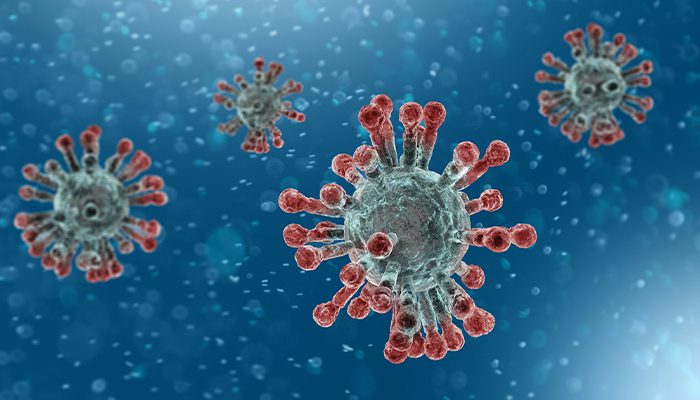
by Vineet Mittal | 26 March, 2020
Amid the fear, worry, and uncertainty surrounding the coronavirus pandemic, each day seems to bring news that’s worse than the day before. The cause for concern is justified. But, as in most major disasters, tragedies, and public health threats, there are reasons for hope, and even optimism. They may be hard to see, even if you’re a “cup-half-full” or “it could always be worse” type of person.
But they are there. Here are a few. The good news about the coronavirus pandemic
- Most people with COVID-19 recover.
Estimates now suggest that 99% of people infected with the virus that causes COVID-19 will recover. Some people have no symptoms at all. And while thousands of people have died, the overall death rate is about 1% (or perhaps even lower), far less than MERS (about 34%), SARS (about 11%), or Ebola (90%), though higher than the average seasonal flu (0.1%). The loss of life related to this illness is terrible and far more cases are expected, but based on the fatality rates alone, it could be far worse
- The number of new cases is falling where the outbreak began: During his speech declaring the new coronavirus outbreak a pandemic, the director-general of the WHO pointed out that “China and the Republic of Korea have significantly declining epidemics.” In fact, Wuhan province (site of the very first cases) has just reported no new local cases for the first time since the outbreak began. The only new cases were “imported” from travellers arriving there.
- The internet exists: We currently have ways to practice social distancing that preserve at least some social and medical connections. People in isolation or quarantine can ask for help, visit friends, “see” family and doctors virtually, and provide updates on their condition.
Balance is the need of hour!
The present crisis should be taken as a reminder by humanity that it is not invincible. We must collectively come out with alternate way of living. Leaders across the globe must ponder and come out with a sustainable framework of development. Striking a right balance between development and environment be ignored further.
We must draw learning from Vedic literature which had the realisation that the pure water, air etc. are the roots of to good health and happiness and hence they considered all these as gods. The Vedic people desired to live a long life this wish can be fulfilled only when environment will be unpolluted, clean and peaceful.
The sages recited the following verse for centuries which is give an appropriate message of balance between various elements of almight’s creation
ॐ द्यौः शान्तिरन्तरिक्षं शान्तिः
पृथिवी शान्तिरापः शान्तिरोषधयः शान्तिः ।
वनस्पतयः शान्तिर्विश्वेदेवाः शान्तिर्ब्रह्म शान्तिः
सर्वं शान्तिः शान्तिरेव शान्तिः सा मा शान्तिरेधि ॥
ॐ शान्तिः शान्तिः शान्तिः ॥
“Let there be balance in the space !
Let there be balance in the sky !
Let there be peace on the earth !
Let there be calmness Let there be !
Let there be growth in the plants !
Let there be growth in the tree !
Let there be grace in the Gods !
Let there be bliss in the Brahman !
Let there be balance in everything !
Let there be peace and peace !
Let such peace be with everyone of us !”






